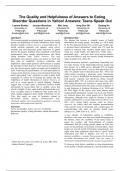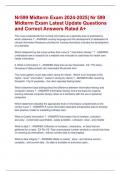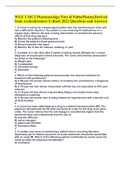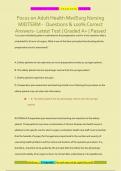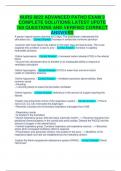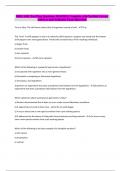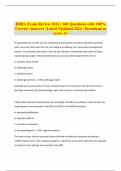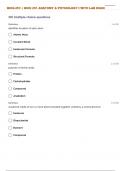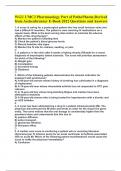Exam (elaborations)
The Quality and Helpfulness of Answers to Eating Disorder Questions in Yahoo! Answers: Teens Speak Out
- Course
- Institution
with teens was conducted, using a selection of question and answer sets drawn from Yahoo! Answers, a Social Q&A service, on the topic of eating disorders. Patterns to emerge from this study contribute to a general understanding of how young people use networked, peer-to peer platforms for...
[Show more]
